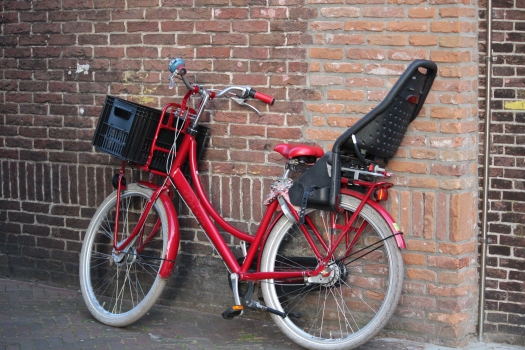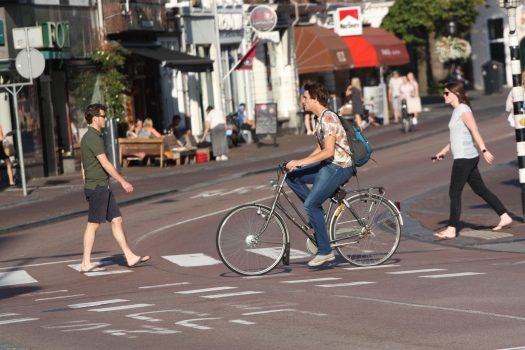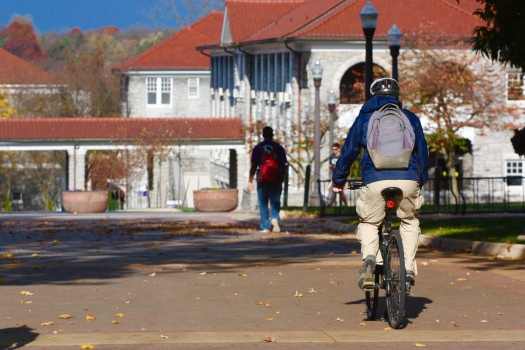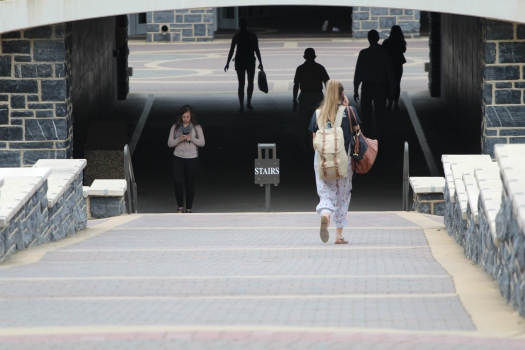 A. Read and summarize one of these articles.
A. Read and summarize one of these articles.
In June of 2011, bicyclists were attacked by anonymous members of their Virginia Beach community while they were out on their 7:30 a.m. Sunday morning bike ride. Thumbtacks were scattered along a bike route in the Pungo area, flattening over 100 tires and causing crashes that hurt two riders. This incident is a continuation of a series of disputes involving bicyclists in this city, joining the ranks of two notable hit-and-run collisions involving cars and bikers.
It is believed that the thumbtacks were strewn on purpose to hurt the cyclists, as cars are unaffected by the short tacks. This scattering also occurred the previous weekend, when 100-200 tacks were collected at each of the several intersections by bikers along their normal bike route. The bikers were angered at this blatant disregard for their well-being and discussed the physical damage both their bikes and bodies have experienced. Safety for these athletes has definitely become a public issue, as there are no provisions for bike safety currently in place in the Virginia Beach area. In both incidents, police reports were filed. It will be interesting to see how the story develops as the city plans for new road projects involving bike paths and lanes.
B. Read through the comments from one of these articles and summarize the types of comments.
It was intriguing to read the comments for the article “Tacks Scattered on Woodside Roads are Hazard to Bicyclists” because almost all of the ones I saw were very supportive of bikers. While the article described the tack attacks as instances of anger towards the biking community, most of the comments exhibited horror at what was happening. Some of the commenters were bikers themselves, while others were just members of the community who decided they needed to speak up and take a stand. A few of the posts spoke from personal experiences as to how the tacks had affected them on their bike rides, while others offered advice to protect the safety of other bicyclists. All of them spoke from personal experience and voiced their outrage as to what was happening in their community to the bikers they knew.
I only saw a few comments that were remotely negative. “Mr. Tackman” listed four points as to why he believes these attacks weren’t the worst thing in the world, all which cited the bicyclists at fault. However, while “Mr. Tackman” did end up saying that not all bicyclists deserve this, he still made sure to note that these actions were caused by the explosion of cyclists in the area. It is noteworthy to mention that a few commenters directly responded back to what “Mr. Tackman” said condemning him for his harsh views of bicyclists.
Reading the comments was eye-opening as they seemed to support what Sadik-Khan discussed in her chapter. While a few individuals are extremely opposed to the idea of biking, to the point where they will go out of their way to voice their opinion or to even throw tacks all on the road, most of the community supports bicyclists and want to keep them safe. While not all of them are complete fans of the biking trend, almost all of them condemned the “terrorist” who deliberately went out of their way to hurt others who decided to bike. Most of the individuals seemed to think that these tacks were an act of sabotage- both to bikers and their shared community- because they were meant to hurt others. Some of the commenters stated that they could see how bikers are a nuisance on the roads but that the attack was a bad and unjust act to everyone in the community. Other commenters talked about implementing cameras, writing down license plate numbers, and calling the police to catch these culprits before they can continue their attacks.
 Read scholarly article on pedestrian/car/bicycle accidents in NYC: Pedestrian injuries due to collisions with bicycles in New York City and California.
Read scholarly article on pedestrian/car/bicycle accidents in NYC: Pedestrian injuries due to collisions with bicycles in New York City and California. 
 Read through the counter argument to Simon’s discussion. Summarize the counter argument and comment on it- do you agree or disagree.
Read through the counter argument to Simon’s discussion. Summarize the counter argument and comment on it- do you agree or disagree.  Here’s another article, linked from Shenandoah Bicycling Company. How does it fit with what Street Fights suggest? Extra credit: Who produced this article? What’s their agenda?
Here’s another article, linked from Shenandoah Bicycling Company. How does it fit with what Street Fights suggest? Extra credit: Who produced this article? What’s their agenda?  Read through these articles on walking trends and cities/suburbs. Summarize the main ideas from these articles.
Read through these articles on walking trends and cities/suburbs. Summarize the main ideas from these articles.